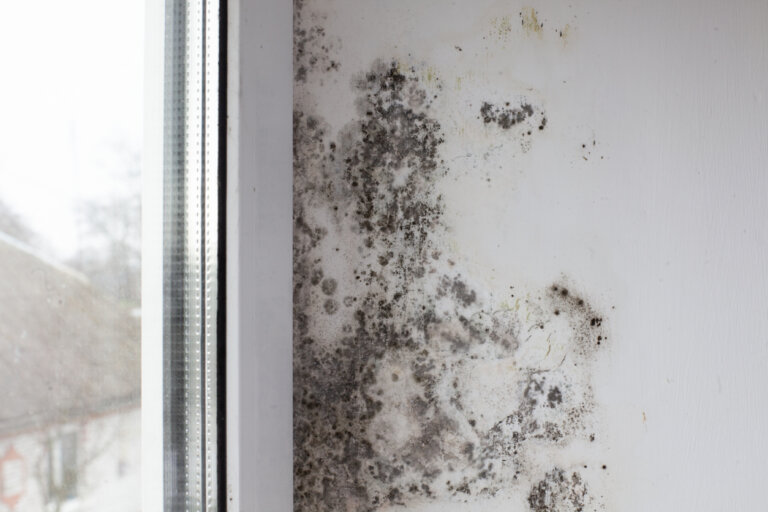Mold and water damage are two interconnected issues that pose significant health risks to humans. Mold is a type of fungus that grows in damp and humid conditions, while water damage can occur due to various reasons such as flooding, leakage, or poor ventilation. Both of these issues can lead to the growth and spread of harmful molds, which can cause health problems such as respiratory issues, allergies, and other serious health complications.
The World Health Organization (WHO) is an international organization that aims to promote health, prevent diseases, and improve the overall well-being of people worldwide. In this article, we will discuss the WHO’s position on mold and water damage and their recommendations for preventing and managing these issues.
According to the WHO, mold and water damage can cause various health problems, especially for vulnerable populations such as children, elderly people, and individuals with compromised immune systems. The WHO states that exposure to mold can cause allergic reactions, asthma, and other respiratory issues, while long-term exposure can lead to chronic health problems.
In addition to health problems, mold and water damage can also lead to structural damage to buildings and homes. This can cause further health risks, as damaged buildings can collapse or become unstable, putting people’s safety at risk.
To prevent and manage mold and water damage, the WHO recommends the following measures:
- Address water damage promptly: Water damage should be addressed as soon as it occurs to prevent the growth and spread of mold. This includes fixing leaks, drying wet areas, and ensuring proper ventilation to prevent moisture buildup.
- Control indoor humidity levels: Indoor humidity levels should be kept below 60% to prevent the growth of mold. This can be achieved through the use of dehumidifiers, air conditioners, and proper ventilation.
- Inspect buildings for water damage: Buildings should be regularly inspected for signs of water damage, such as dampness, discoloration, and mold growth. Any issues should be addressed promptly to prevent further damage.
- Clean and dry mold-affected areas: If mold is present, it should be cleaned and dried promptly. This includes removing affected materials such as carpet, wallpaper, and drywall, and ensuring that the area is properly ventilated to prevent further mold growth.
- Use appropriate protective equipment: Individuals who are cleaning mold-affected areas should use appropriate protective equipment such as gloves, masks, and goggles to prevent exposure to mold spores.
- Seek professional help: If mold or water damage is extensive or if there are concerns about health risks, it is recommended to seek professional help from qualified experts such as mold remediation specialists, building inspectors, or public health officials.
In conclusion, mold and water damage can pose serious health risks and structural damage to buildings and homes. The WHO recommends addressing water damage promptly, controlling indoor humidity levels, inspecting buildings for water damage, cleaning and drying mold-affected areas, using appropriate protective equipment, and seeking professional help when needed. By following these recommendations, we can prevent and manage mold and water damage and promote healthier living environments for everyone. Contact us today.


